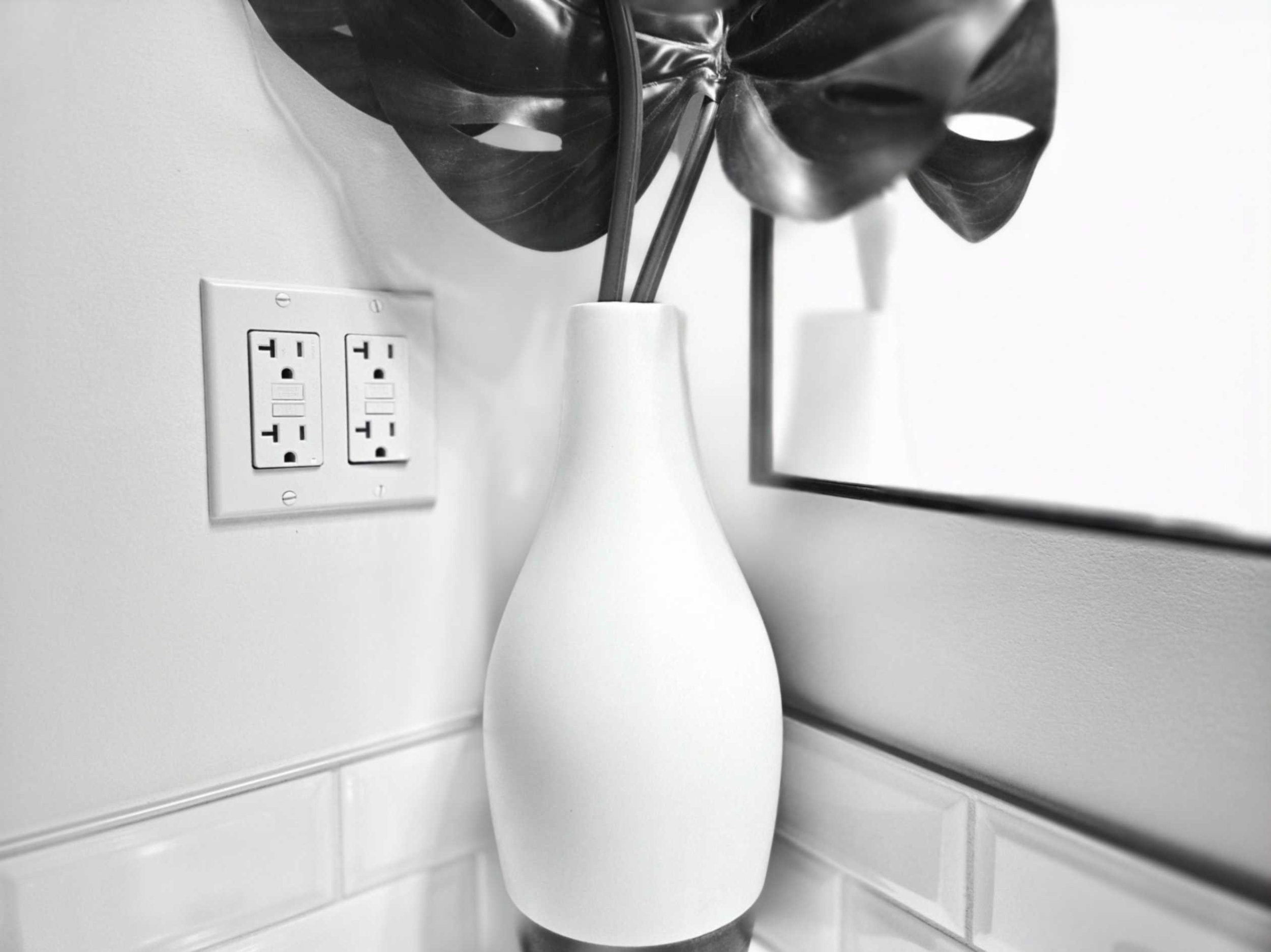GFCI’s - What are they and why do I need they?
Understanding Ground Fault Circuit Interrupters (GFCIs)
Electricity is an essential part of our daily lives, powering everything from kitchen appliances to electronic devices. However, improper handling or malfunctions can pose serious risks. One crucial safety device that helps prevent electrical hazards is the Ground Fault Circuit Interrupter (GFCI). Here’s everything homeowners need to know about GFCIs and their importance in maintaining electrical safety.
What Is a GFCI?
A Ground Fault Circuit Interrupter is a device designed to protect people from electric shock by quickly shutting off power when it detects a ground fault. Ground faults occur when electrical current escapes its intended path—such as through water or a person—creating a potentially dangerous situation. GFCIs act as a safeguard, especially in areas prone to moisture.
How Does a GFCI Work?
GFCIs continuously monitor the flow of electricity through a circuit. Under normal conditions, the current flowing into an appliance matches the current flowing out. If even a slight imbalance occurs, the GFCI trips and cuts off the electrical supply in as little as 1/40th of a second. This rapid response minimizes the risk of severe shock or electrocution.
Where Are GFCIs Required?
In Canada, a GFCI outlet should be installed if the outlet is within 2.5 metres of the earth or any water source. These would include your bathroom, kitchen, near your pool, or in your garage. If you are unsure if you meet these requirements, call our team today.
If your home lacks GFCI outlets in these locations, it’s essential to have them installed by a licensed electrician.
Types of GFCIs
Receptacle GFCIs: These look like standard wall outlets but have "Test" and "Reset" buttons. They are commonly installed in kitchens, bathrooms, and other moisture-prone areas.
Circuit Breaker GFCIs: Installed in the electrical panel, these protect an entire circuit and are ideal for areas like basements or outdoor circuits.
Portable GFCIs: Temporary devices that plug into an outlet, often used for tools and appliances in areas without permanent GFCI protection.
Testing Your GFCI
Like any safety device, GFCIs should be tested regularly to ensure they’re functioning correctly. Follow these simple steps:
Press the "Test" button on the GFCI outlet. The power should shut off, indicating that the GFCI has tripped.
Plug a device into the outlet to confirm that there is no power.
Press the "Reset" button to restore power.
If the GFCI doesn’t trip during testing, it may be faulty and should be replaced immediately.
Benefits of GFCIs
Prevents Electric Shock: By shutting off power during ground faults, GFCIs can save lives.
Reduces Fire Hazards: Ground faults can generate heat, potentially causing fires. GFCIs help mitigate this risk.
Complies with Electrical Codes: Installing GFCIs ensures your home meets safety standards.
When to Replace or Upgrade
GFCIs don’t last forever. They can wear out over time, especially in high-use areas. Consider replacing your GFCI outlets if:
They fail the test procedure.
The "Reset" button doesn’t restore power.
They are more than 10 years old.
Final Thoughts
Ground Fault Circuit Interrupters are a vital component of home electrical safety, offering protection against shocks and fire hazards. By understanding how they work and ensuring they’re installed and maintained properly, homeowners can create a safer living environment. If you’re unsure about your home’s GFCI protection, call our licensed electrician to assess and upgrade your system today.






